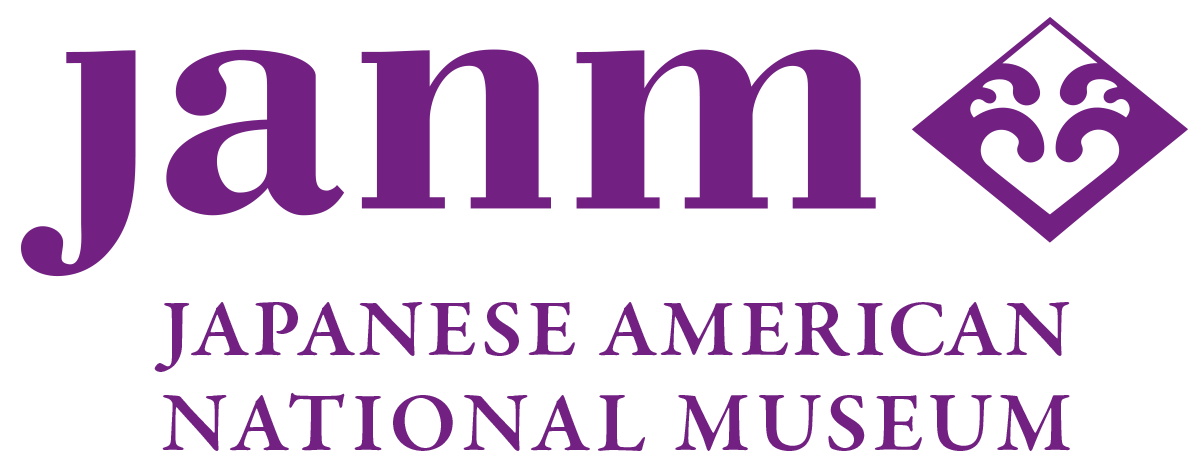GIDRA: April 1974 issue

|
||
| Licensing | ||
This album shares the final issue of Gidra magazine (April 1974) as a part of the Japanese American National Museum's exhibition Drawing the Line: Japanese American Art, Design & Activism in Post-War Los Angeles on view from October 15, 2011 to February 11, 2011.
Gidra Staff: Doug Aihara, Linda Fujikawa, Jeff Furumura, Bruce Iwasaki, Glen Iwasaki, David Monkawa, Mike Murase, Alan Ota, Alan Takemoto, Steve Tatsukawa, Dean Toji, and Evelyn Yoshimura. Contributors: Carrie Furuya, Peter Hata, Seigo Hayashi, Tomo Hisamoto, Tamiko Hirano, Eddie Ikuta, Stuart Iwasaki, Miller Jew, Duane Kubo, Dan Kuramoto, June Okida Kuramoto, Sharon Machida, Danny Matsumura, Ken Minamiji, Amy Murakami, Scott Nagatani, Teri Nitta, Alan Ohashi, Henry Omori, Linda Iwataki Omori, Merle Oyadomori, Susie Partridge, Val Sakanoi, Laura Tokunaga, Richard Tokunaga, Brian Wakano, Jerry Wong, Mike Yamamoto, Mike Yanagita, and others.
* * *
Gidra was a monthly publication that called itself the “voice of the Asian American movement.” Founded by University of California, Los Angeles (UCLA) students in April 1969, the magazine took a radically progressive political position, providing information about the movement not found elsewhere in the mainstream media. The magazine eventually moved off campus, operating out of a series of offices in the Crenshaw area until its last issue went to press in April 1974.
The magazine’s sixty issues offered news from the third world struggle perspective—aligning the Asian American movement not only with domestic empowerment movements like the Black Power, Chicano, and Native American movements but also the international struggles of oppressed peoples in Africa, Southeast Asia, and Latin America. Gidra addressed issues like drug abuse in the Asian American community, news about the Vietnam War and the anti-war movement, prison conditions, and the redevelopment of Little Tokyo, among other issues. Art, especially poetry and drawing, were integrated into every issue of the magazine; such creative expressions were crucial to articulating a nascent Asian American identity and were intertwined with the political goals of the movement.
The magazine was edited by a changing, non-hierarchical collective that included individuals like Mike Murase, Doug Aihara, Evelyn Yoshimura, Steve Tatsukawa, and Bruce Iwasaki, along with a roster of talented graphic designers and artists that included Alan Takemoto, Dean Toji, David Monkawa, and Glenn Iwasaki.
[Gift of Janice Diane Tanaka, Japanese American National Museum (90.8.1)]
















































































 JANM
JANM
 「トランスパシフィック・ボーダーランド」 アーティストプロフィール
「トランスパシフィック・ボーダーランド」 アーティストプロフィール 2013 JANM 全米会議 - Speaking Up! Democracy, Justice, Dignity
2013 JANM 全米会議 - Speaking Up! Democracy, Justice, Dignity Drawing the Line: Japanese American Art, Design & Activism in Post-War Los Angeles
Drawing the Line: Japanese American Art, Design & Activism in Post-War Los Angeles GIDRA: April 1974 issue
GIDRA: April 1974 issue GIDRA: February 1973 issue
GIDRA: February 1973 issue GIDRA: January 1971 Issue
GIDRA: January 1971 Issue GIDRA: April 1969 issue
GIDRA: April 1969 issue The 21st Century Museum: Significant artifacts selected by Japanese American National Museum Volunteers
The 21st Century Museum: Significant artifacts selected by Japanese American National Museum Volunteers 全米日系人博物館 『コモン・グラウンド - コミュニティの心』
全米日系人博物館 『コモン・グラウンド - コミュニティの心』
 Journal feed
Journal feed
